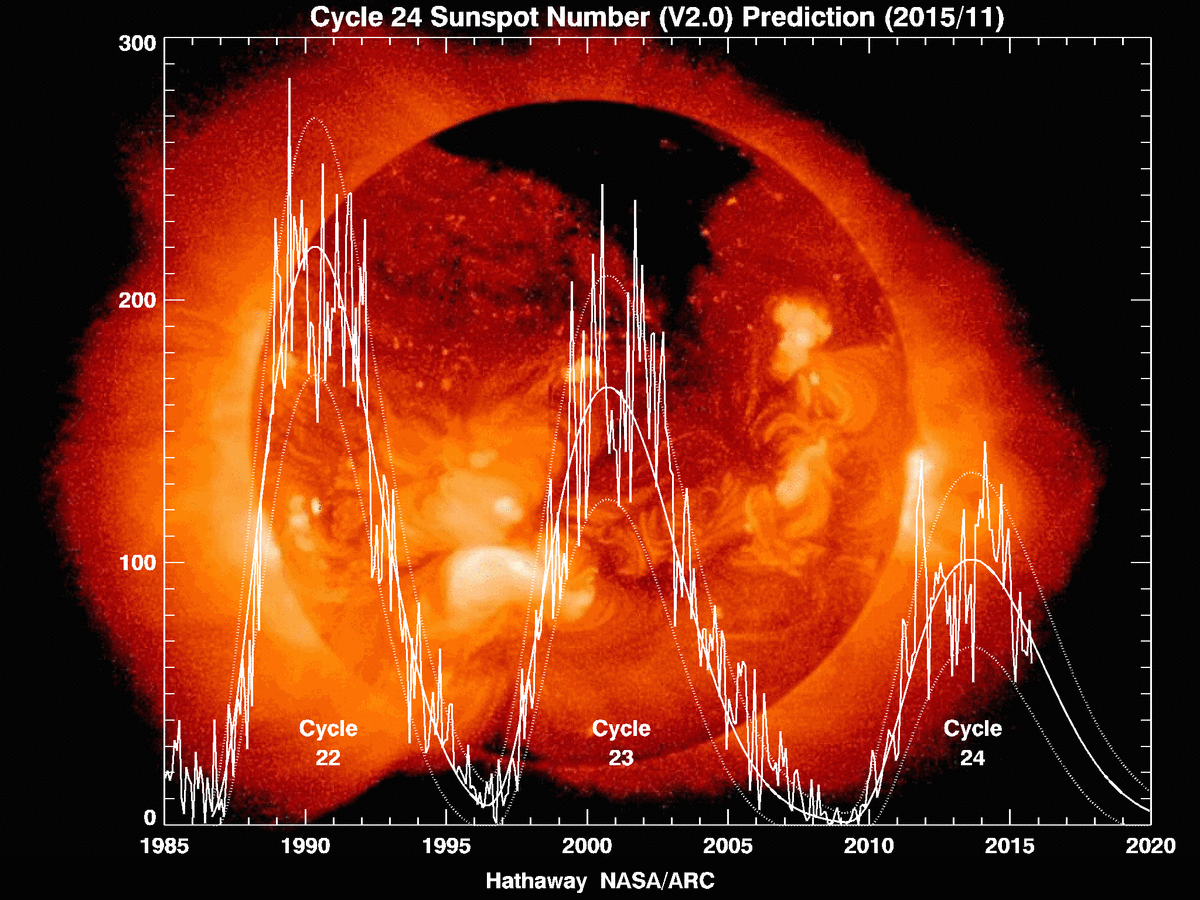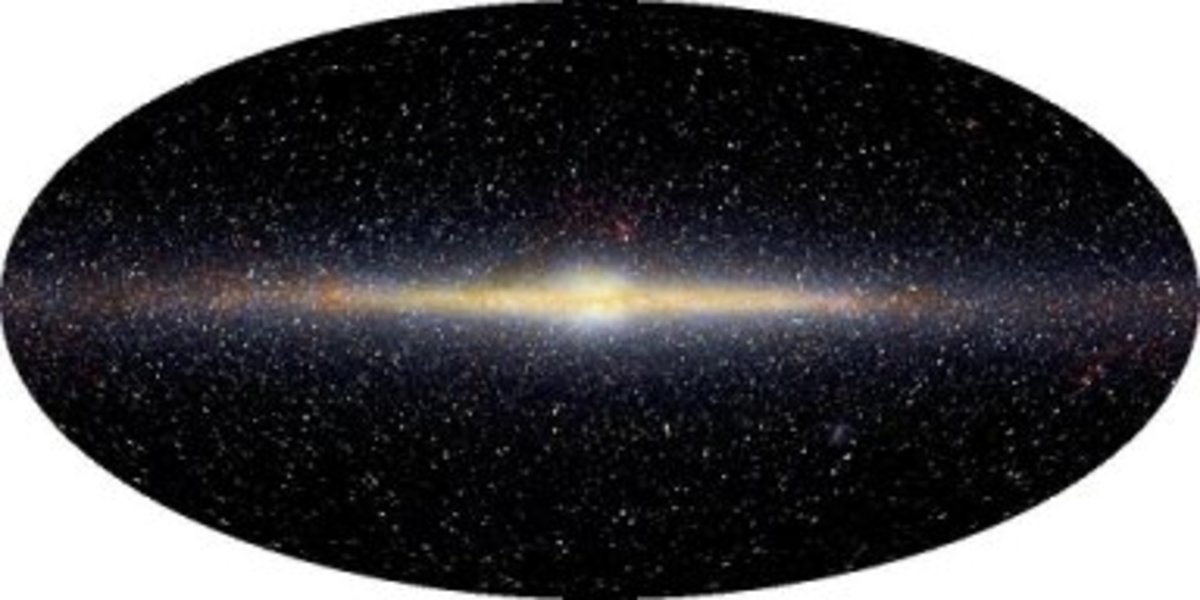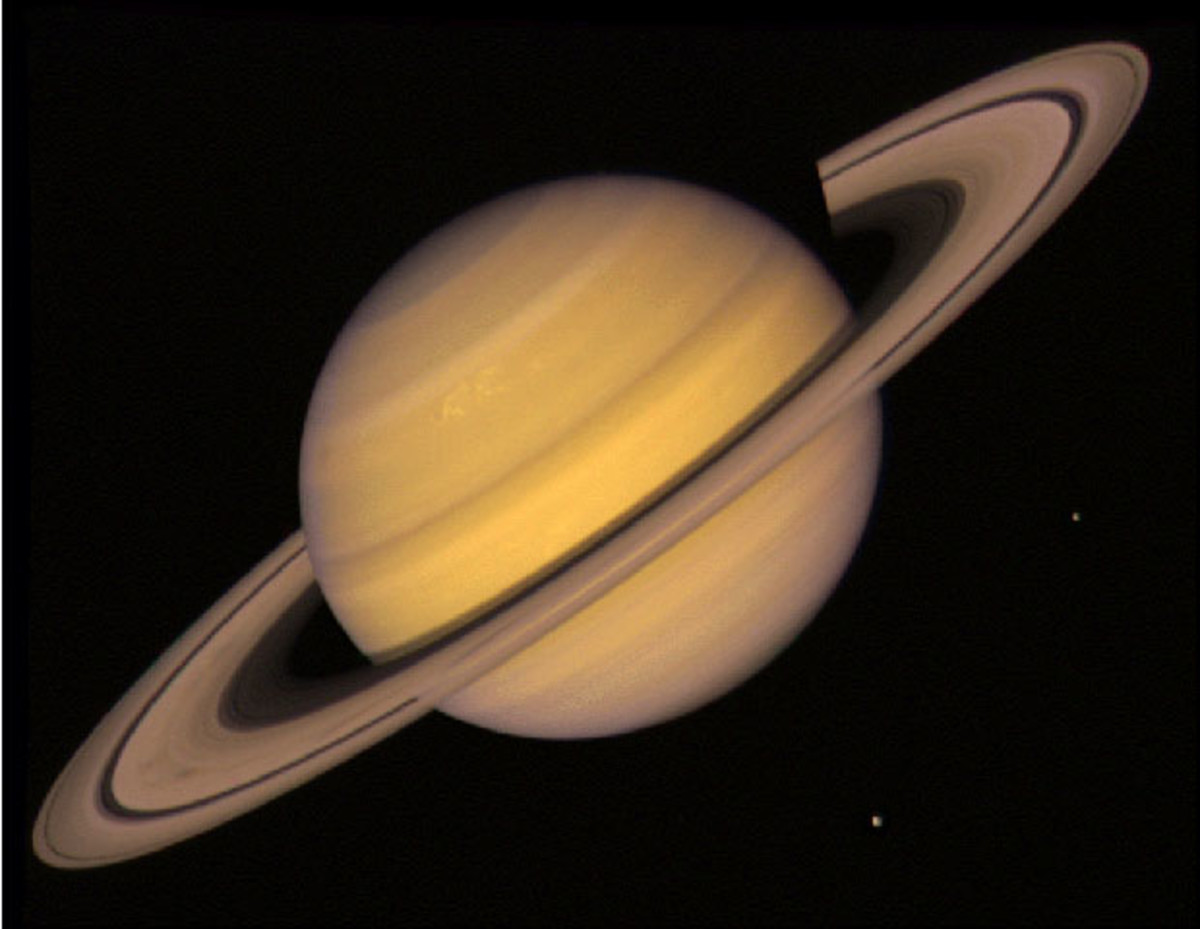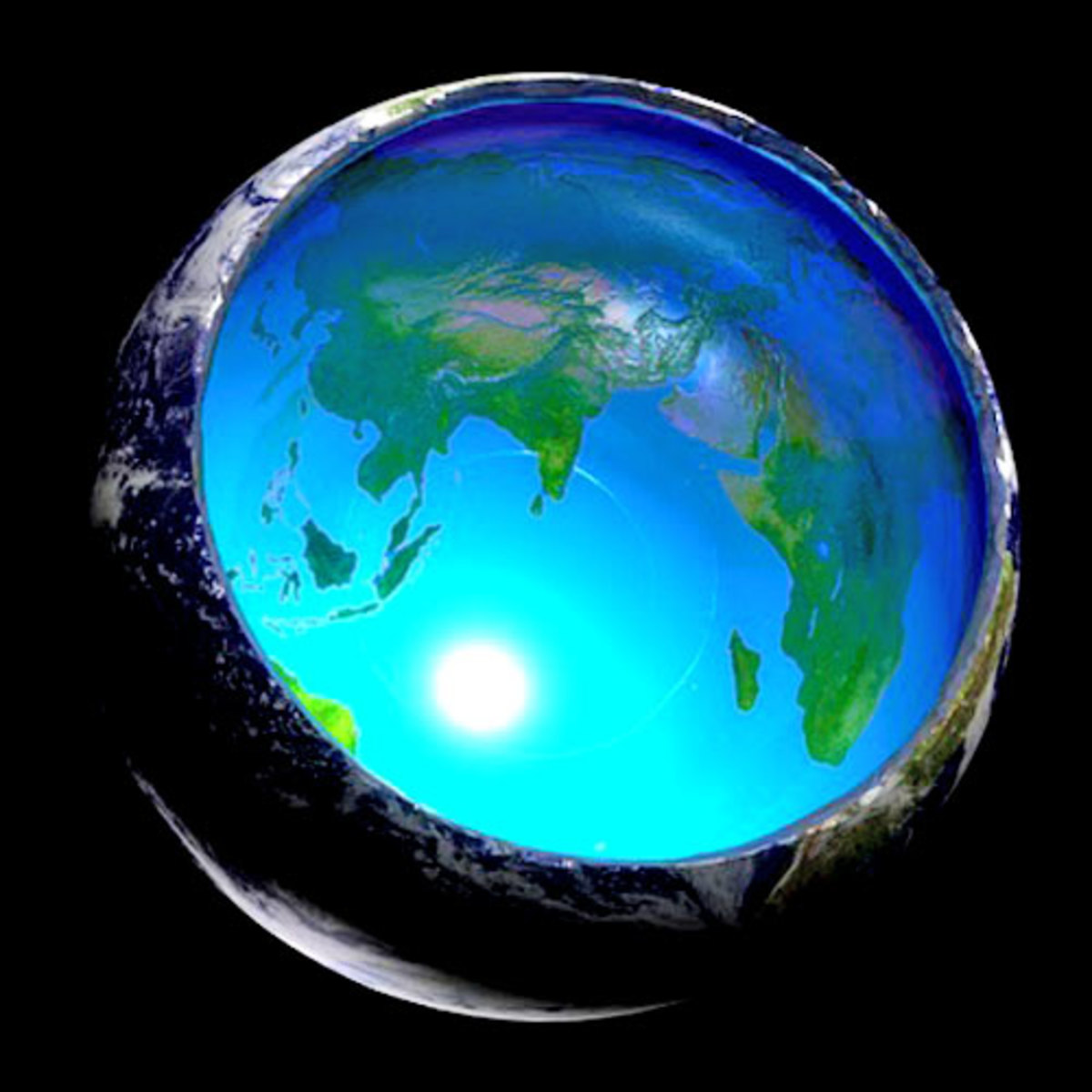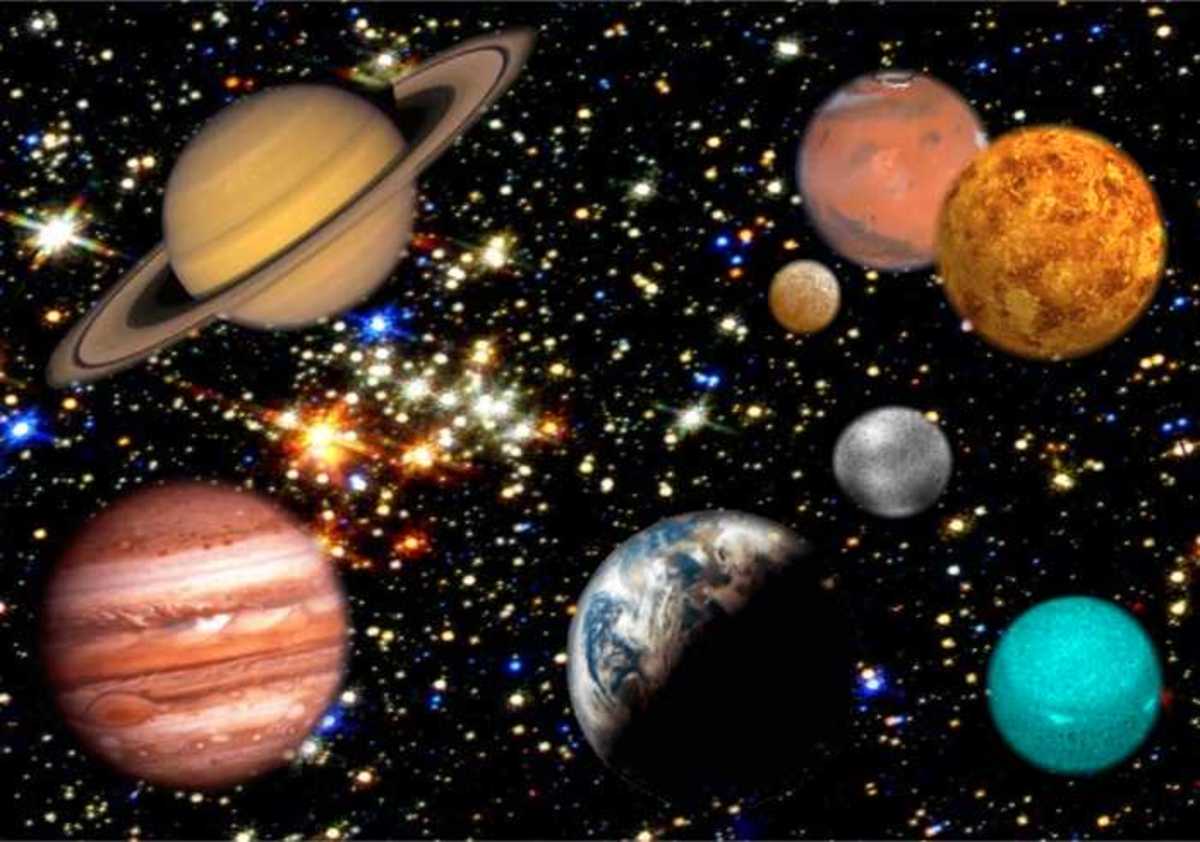Sunspots and Their Effect on Earth
Sunspots are places of dynamic magnetic activity on the sun
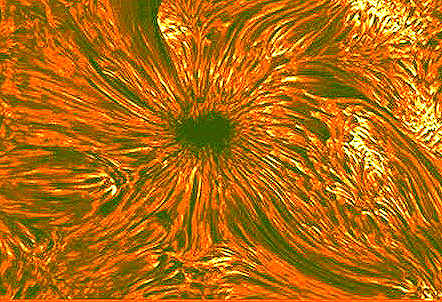
Understanding Sunspots
Sunspots and the lack thereof have a profound influence on all matters of the Earth, whether those of nature and climate or of civilization. Nothing in the solar system is immune and isolated from the influence of sunspots. Sunspots are implicated as the main culprit behind Coronal Mass Ejections (CME) that can have devastating impact on modern civilization. To understand why they have such a power over everything, gives us the means whereby we can come to terms with them and take proactive action to protect ourselves from their effects. As stated, sunspots or no sunspots have their own set of influences on everything. To grasp this, we need a knowledge of what they are, how they work and what their influences are.
Sunspots are regions of intense magnetic activity on the sun that are cooler than the surrounding photosphere. They are cooler, because the intense magnetic field literally pushes the fluorescing ionized hydrogen out of the way as charged hydrogen is diamagnetic, or in other words, is repelled by the magnetic field much in the same way as aluminium is. Intense magnetic fields create "holes" in the photosphere, which produces the characteristic dark appearance of sunspots.
"The Wilson effect tells us that sunspots are actually depressions on the sun's surface. This model is supported by observations using the Zeeman effect that show that prototypical sunspots come in pairs with opposite magnetic polarity. From cycle to cycle, the polarities of leading and trailing (with respect to the solar rotation) sunspots change from north/south to south/north and back (over a 22 year averaged period in total). Sunspots usually appear in groups. The sunspot itself can be divided into two parts. The central umbra, which is the darkest part, where the magnetic field is approximately vertical and the surrounding penumbra, which is lighter, where the magnetic field lines are more inclined" (from Wikipedia).
The ionized hydrogen is carried aloft along between the lines of magnetic force that arc between north and south pole magnetic sunspot pairs. Yes, sunspots usually come in pairs or groups of pairs. They are not necessarily the same size due to turbulence in the photosphere, but they come in pairs nonetheless which shift and change through time. As the sun rotates, they come into and go out of our view.
The sunspot cycle typically takes eleven years to complete a half phase of its cycle and twenty two for the full cycle. They are generated when the general magnetic field of the sun becomes knotted due to the differential rotation of the sun. The sun rotates faster at the equator than at its poles, being made up of plasma of greater or lessor density and heat. Every atom in the sun exists in a state of ionization, which means they are charged. The result is that the sun has an intense and often complex magnetic field, the influence of which is felt far from the sun well into the solar system. As the sun rotates differentially according to latitude, the magnetic field gets skewed and twisted. At a certain point, due to eddies in the solar atmosphere caused by upwelling heat, the magnetic field lines intersect and "short" out and create local regions of north-south magnetic polarity. The shorting out causes the magnetic field lines to snap and this is where the CME is born. This typically starts in the high latitudes and works gradually toward the equator, intensifying as it evolves. Sunspots will sometimes cause magnetic lines to snap causing a CME and subsequent X-ray event and proton storm. It is these events that concern the prospects of civilized man the most. Light takes 8 and a half minute to travel from the sun to Earth and thus we get a warning of a CME event which will arrive at about 90 hours later.
Sunspot pairs also create magnetic sectors that radiate out from the sun into the solar system at large. These sectors are oppositely magnetized regions of space. They reveal themselves when a comet passes from one magnetic sector into another and experiences a tail separation event. These magnetic boundaries effect the planets as well, particularity those with a magnetic field like Earth. Sunspot activity also tends to enhance auroral activity, sometimes to such an extent that aurora can be seen far from the magnetic poles and closer to the equator, as far south as Cuba. Currently the Earth is going through a magnetic field reversal, soaurora can be seen just about anywhere.
The eleven year cyclecan be charted in nature. From sediments going back millions of years in the outback of Australia to glaciers in some mountains, a distinct eleven year pattern can be seen that matches that of the basic solar cycle. Thus we can say with confidence that the sunspot cycle has been going on at least that long. Over the long term we can map out effects of the solar magnetic cycle as sunspot years tend to be hotter than quiet solar years where no sunspots exist. There are periods where sunspots seems to disappear for several decades and the Earth evolves into a mini ice-age such as the famed Maunder and Spoorer minimum periods. Both saw a long stretch of colder and longer winters and cooler, shorter summers. Historically this had effects like crop failure, famine and disease. This of course affected business and trade. Periods of intense sunspot activity tend to warm up the planet. We have been able to trace a weather cycle that matches that of the sunspot cycle, but due to other factors, this can be cross influenced by phenomenon such as El Nino and El Nina events. Volcanic eruptions can also skew the effect, but it is there nonetheless. Even modern global warming can't totally hide the influence. During the last maximum period, we could see atmospheric influences on Jupiter that evolved in lock step with the solar cycle, because we had the Hubble telescope and nearby probes to see the changes.
There are greater solar cycles that are longer than the average eleven year cycle. There is one that covers some 179 years. The 11 year cycle roughly match Jupiter's cycles and the 179 year cycle, the conjunction cycles of outer planets. Our observation of sunspots can be traced historically over the last 23 cycles. We are now in the 24th cycle and near the minimum part of a cycle expected to reach maximum in 2012. As of 2010, the cycle shows no real building activity leading to speculation that we are now headed into another prolonged solar activity quiet period.
Electrical storms that frequent all planets with an atmosphere in the solar system, have a cycle coupled with the sunspot cycle. As proton storms and magnetic sectors intersect the magnetospheres of the planets, energy dissipates, primarily through the magnetic poles, showing first as auroras and then along the magnetic lines to the opposite poles. When there is a surplus of energy, some of it leaks down in the form of sprites above the atmosphere. At atmospheric level, charges build in cloud forming regions and lightning is the result. It is interesting to note that the overall charge of lightning coming from above is positive, while the lower regions closer to the surface is negative in keeping with the proton source of energy emerging from the sun.
Civilization has had to learn to cope with sunspot maximum events, particularly with the X-ray, CME events and proton storms. These scramble radio transmissions for starters, but have other effects as well. Solar storms that are most frequent at sunspot maximum times will overload our power transmission lines due to magnetic induction. This occurs because a proton event vibrates the geomagnetosphere, which in turn induces current in power lines far in excess to what they are designed to carry. The result is a black out when power lines literally snap from an overload. Such an event occurred in Quebec in 1968, which also affected the US north east. Nor is this effect limited to electrical power lines. Oil pipelines are also negatively impacted. If not properly grounded, they build up charges measured in tens of kilo-amps, which will rupture the lines and ignite fires. On a dry, hot year, which often typifies years of a sunspot maximum era, a side spread wildfire can arise out of this. We have learned to deal with power line and pipeline overloads due to hard lessons in the past. Power lines are protected against overloads and oil lines are well grounded. We have also been able to overcome much of the radio malaise of the past, buy choosing less noisy frequencies of the radio spectrum.
Even human psychology is not immune from sunspot activity. Though unconscious for the most part, the history of the species tends to show more agitation during sunspot maximum events than during solar quiet periods. Those may arise from all the other circumstances that arise at the time of solar maximum and/or the fact that we have a bio-electromagnetic field that would be influenced by such external stimuli.
Sunspots in Action
Real sunspots
Sunspots and their effect on earth


